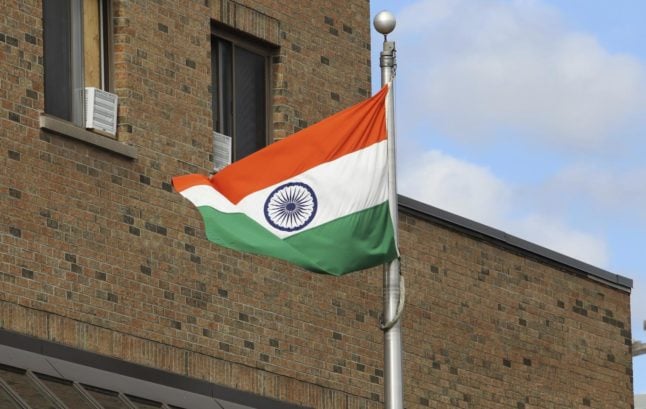The proposal follows the setting up of a parliamentary Migration Committee, which suggested a series of legislative changes in a 600-page report last year, as The Local wrote about at the time.
A bill is now being sent to the Council on Legislation, which is the body that checks draft bills before they can be submitted to parliament, said Justice Minister Morgan Johansson at a press conference with Equality Minister Märta Stenevi on Thursday.
The aim is to create a comprehensive new law that can replace the current temporary law, when it expires in summer. This law tightened rules for immigrants when it was introduced in the wake of the 2015 refugee crisis, and is mainly designed to target asylum seekers, but there are also changes that affect other categories of immigrants.
The bill proposes that refugees would be given temporary three-year residence permits, and people receiving protection on other grounds would be given permits of 13 months. Temporary residence permits have been the default in Sweden since 2016, but before that permanent residence permits were the norm since 1984, according to Johansson.
After three years it would be possible to apply for a permanent residence permit, but this would only be granted if certain requirements are met, such as being able to support oneself and having sufficient Swedish language and civics skills. The latter requirement is new, and comes as Sweden is also planning tightened citizenship requirements.
Johansson said that although the new bill is meant to come into force this summer – if approved by parliament – the language and civics requirement needed more work to decide how it would work in practice, and would not be implemented immediately.
The Local takes a look at the key proposals in the government's planned overhaul of Swedish migration law and what they mean for you. https://t.co/9zRbVpuyLs
— The Local Sweden (@TheLocalSweden) April 9, 2021
The government’s bill is based on the Migration Committee’s suggestions and is understood to be mostly in line with them, but at the time of writing the latest version of the bill was not yet publicly available. You can read the Migration Committee’s report in Swedish here, and here’s The Local’s round-up in English of the key points at the time.
The Social Democrats’ coalition partner, the Green Party, also pushed through rules that mean that people who are not eligible for asylum may in some cases be allowed to stay in Sweden on compassionate grounds, such as if they have lived in the country for a long time or have children that have become part of Swedish society. Stenevi said these rules were designed to avoid “unreasonable consequences”.
“This is an exception and does not apply to people who are here illegally,” she added.



 Please whitelist us to continue reading.
Please whitelist us to continue reading.
But Sweden has better first fire 90% of its Migrationsverket’s employees and replace them with good people. It is a more relevant change than anything else because the organization has clearly shifted towards fascists who are gaining votes instead of being banned and imprisoned in Sweden!
I can’t agree more. Most case officers act like autocrats and commit crimes tantamount to violation of fundamental human rights. The way they play with the lives of the innocent people should be stopped in the first place.
Hi Rajib,
How have the case officers violated your human rights, or those of someone you know?
Do Swedes not, in your view, have the right to determine who moves to their country and is subsequently granted Swedish residency and then citizenship?
Please explain.
Thank you.
These sound like very small yet reasonable changes in many respects, and that most people still have a very reasonable path into Sweden.
As a immigrant who is in Sweden on working permit, and working hard to be part of the society, I agree with new proposals.
There is a lot of abusers of the system, where they just doing nothing and expect from the state to get everything on the platter. While other people are working hard and providig to society, paying taxes, etc.
Some people deserve to be deported or their temporary visas revoked/doublechecked.